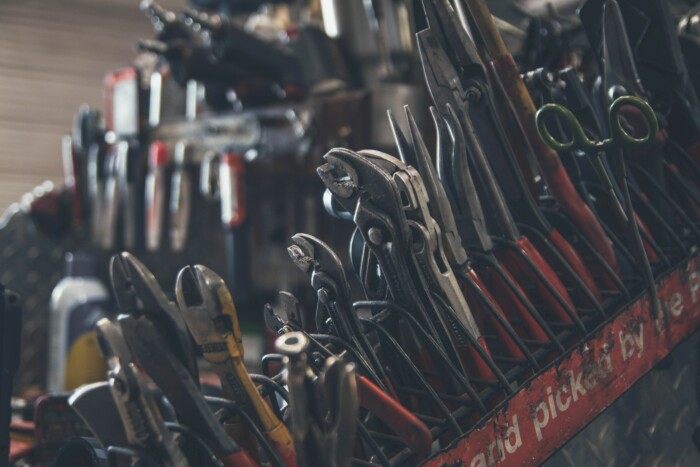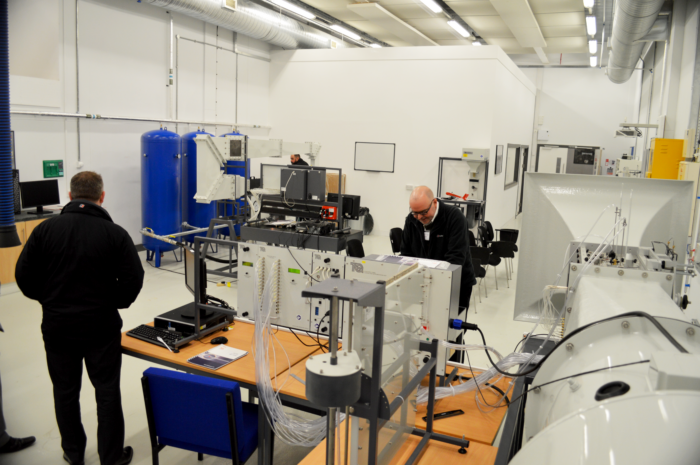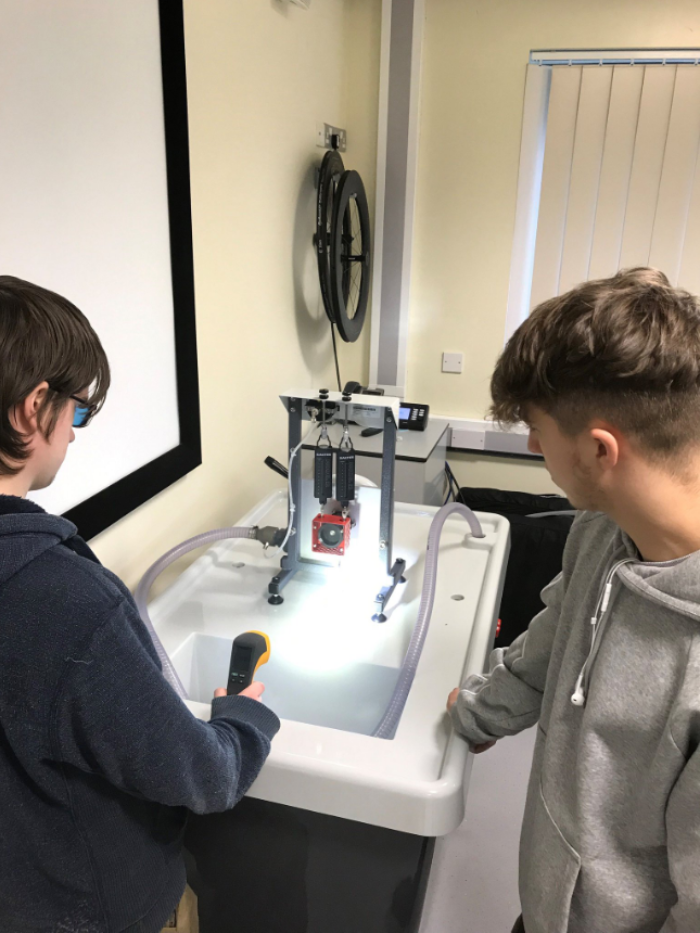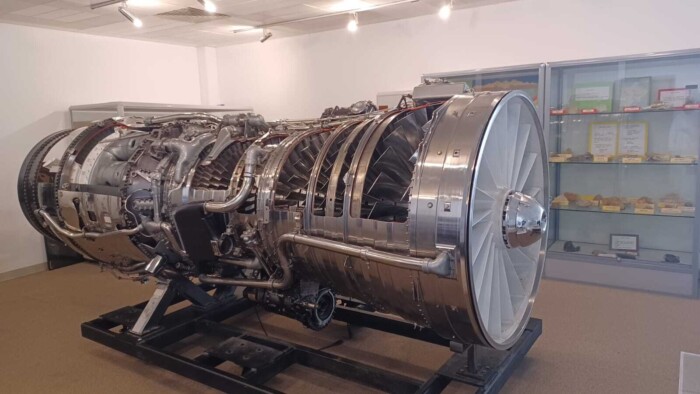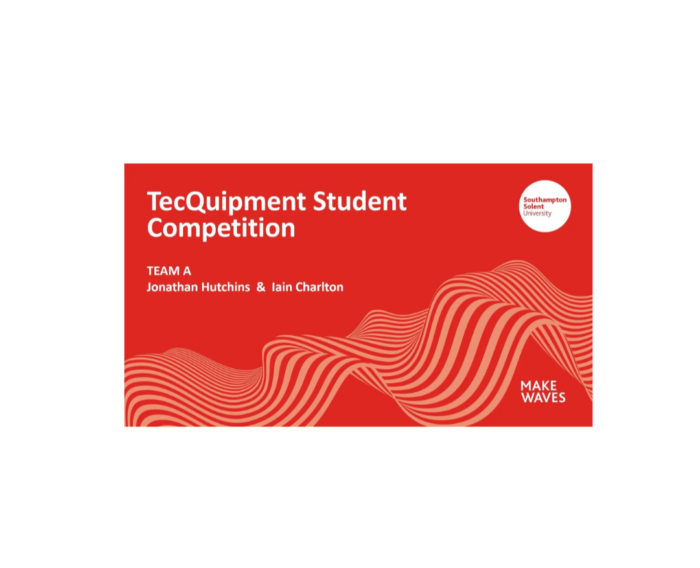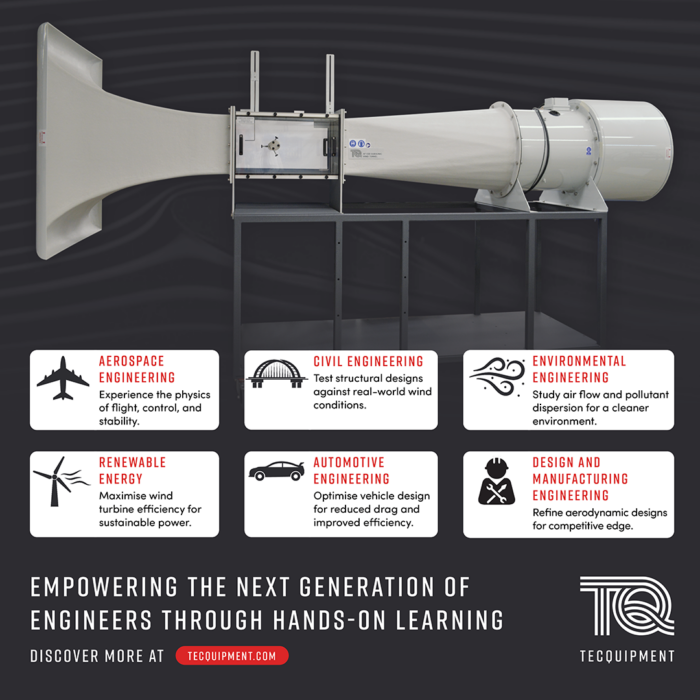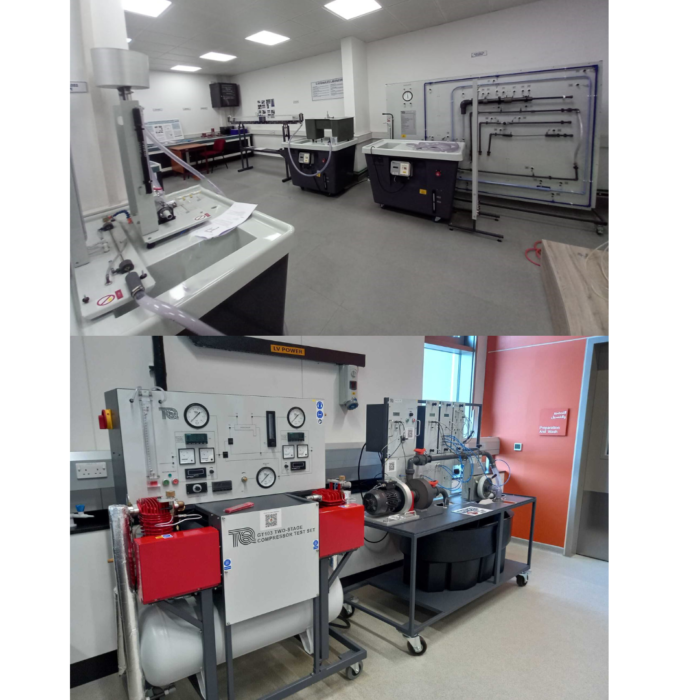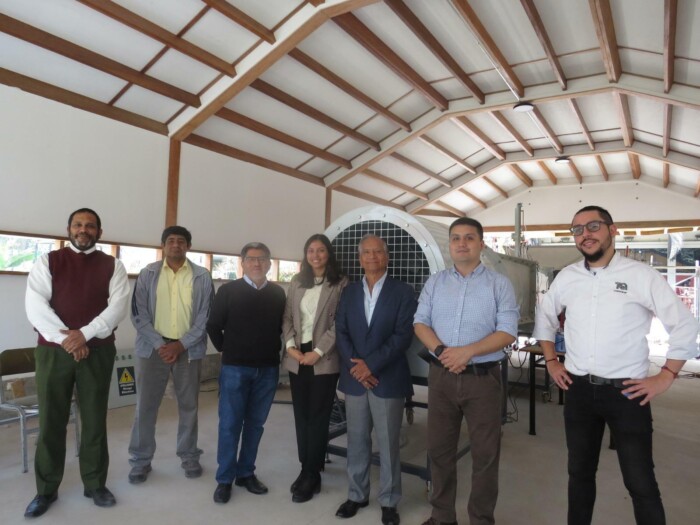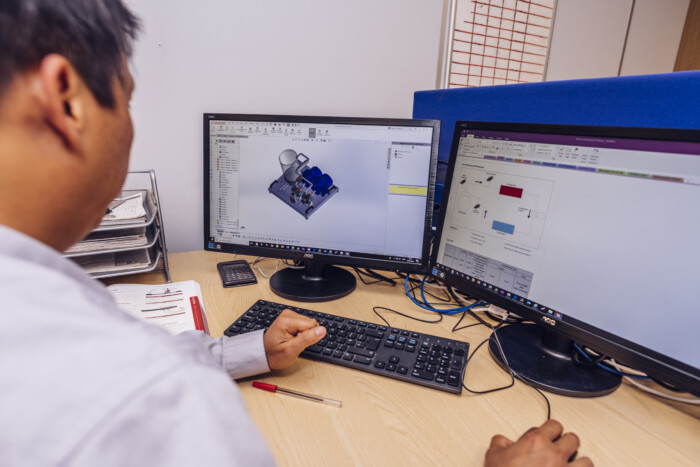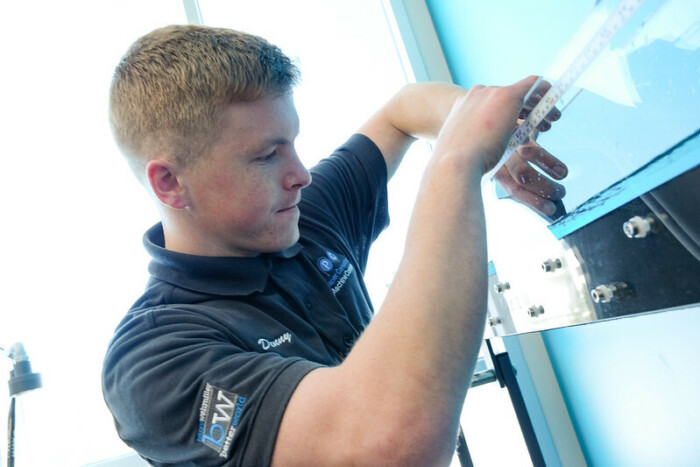Flow theory encompasses not only liquids but also gasses and energy and can be found in applications in Aerodynamics, Control Engineering, Process Control Engineering, Fluid Mechanics, Thermodynamics, Engines, Environmental Control and Alternative Energy to name but a few! It goes without saying that regardless of an engineer’s discipline, they will need to understand some aspects of flow theory.
However, teaching flow theory, as with any other theory, can be very dry when taught by rote. This can result in students understanding the theory but the practical applications and the ability to visualise the theory in practice is lacking. Engaging students in rote teaching methods can also prove challenging. Even by the middle of the twentieth century, specialised equipment for visually demonstrating engineering theory just did not exist, leaving tutors reliant on blackboards, textbooks, and pens and paper.
A solution to this problem arose unexpectedly on a train journey from London to Nottingham in 1958. Two strangers, Joseph Pope, a mechanical engineering professor at Nottingham University, and William Cope, a renowned clockmaker, became engaged in a conversation in their train compartment as Joseph expressed his need for practical equipment to better engage his students and demonstrate engineering principles in action. Intrigued by the challenge, William Cope was eager to see if there was a solution to this problem and whether there were more people like Joseph who wanted practical teaching equipment. This chance encounter led to the establishment of a new company called TecQuipment, a company dedicated to manufacturing equipment to practically demonstrate engineering principles to students.
As a result of this venture, the very first sale on 27th February 1959 was of a Venturi meter to Doncaster Education Committee. So right at its birth the company was producing equipment to measure flow rate.
What is flow?
If we define flow (of a liquid, gas, or energy) in its most basic form as ‘movement in a steady continuous stream.’ If it is then considered that flow has an origin ‘source’ and a destination ‘sink’ and also a point of ‘equilibrium’ where flow ceases. A fuller definition of flow is ‘a movement in a steady continuous stream from a source to a sink until equilibrium is reached.’ TecQuipment is a master of designing and building lab equipment to demonstrate the properties of flow for various mediums.
Liquids
Liquids are the obvious medium when considering flow for most people whether an engineer or not. Since its inception and first sale in 1959, TecQuipment has significantly expanded its range of teaching equipment to demonstrate the flow of liquids.
From large flumes to narrow channels as small as 15mm wide, students can explore two-dimensional laminar flow around differently shaped objects. Injected dye streams can visually illustrate the movement of fluids around objects and over obstacles fostering a fun yet comprehensive learning environment in the classroom. Furthermore, alternative methods of measuring flow and observing phenomena such as sediment transport and rainfall drainage can be practically explored and provide invaluable learning opportunities.
- The theory of energy losses in pipes due to bends and friction can be actively measured and calculated.
- Sediment transport can be observed, rainfall draining into rivers and sumps can be observed in real time in miniature.
Some of this may sound like primary school water and sand play; but did that not leave a more lasting impression on our young minds then the textbooks read?
The lab equipment available today puts the fun back into learning, but also takes it the next level by converting the enjoyable activity into solid comprehension.
Gasses
While air is an invisible mixture of gasses, it behaves and flows the same as a liquid does. The behaviour of air flow can be observed using either bench-top or full-scale subsonic wind tunnels. Models with pressure tappings enable students to measure the changes in pressure at different points along the models’ surface. Smoke streams make airflow visible enabling students to observe airflow rather than imagine. Model flight trainers showcasing the principles of lift and stall can be observed and actively interacted with. Supersonic wind tunnels with specialist observation equipment can be used to visualise air flow, including phenomena like supersonic shock waves around two-dimensional models and Mach speed’s effect on shock waves.
Through hands-on experiments, students can explore the relationships between the pressure and the volume of gas, the pressure and temperature of a fixed volume of gas and expansion of a prefect gas, (all examples of flow from high to low pressure until equilibrium is reached). Students will gain practical insights into fundamental flow principles, and with sensors relaying and continuously collecting data to a PC capturing the moment of expansion or pressure change and converting it to graphic form, this further enhances the student’s lab sessions and learning.
Energy
The study of energy flow brings us into the field of thermodynamics, covering the movement and behaviour of heat transfer from a warmer (source) to a cooler (sink) state via processes like condensation and boiling, convection and radiation, forced convection and the study of heat exchangers.
Thermodynamics experiments often require considerable time (hours) to elapse before equilibrium is reached, during which regular data collection of pressure and temperature is essential to conduct theory evaluation. While regular checking can sometimes feel tedious, TecQuipment's equipment offers a solution that transforms this task into an engaging opportunity for students. By integrating our equipment with PCs for automated data collection at specified intervals, the process becomes effortless and efficient. This streamlined approach ensures students obtain a reliable dataset, empowering them to focus on observing and analysing results first-hand. Through setting up experiments and witnessing the outcomes, students gain not only a practical understanding but also tangible proof of the underlying theory.
Flowing into the Future
Over the last 60+ years TecQuipment has continually evolved its products offerings to meet the needs and demands of engineering education. While engineering theory continues to advance, the basic principles remain the same as has our aim to bring a practical, hands-on understanding of these engineering principles through comprehensive teaching equipment.
Today, TecQuipment products are used in over 1500 universities, colleges, and industrial sites worldwide, enriching the learning experiences of tens of thousands of students every year. Many institutions employ TecQuipment products to enable postgraduate study or further research, and along with advancing technologies like 3D printing students can perform their own experiments and create their own models for testing, further advancing their learning in a practical way.
In conclusion, flow theory is undeniably crucial in engineering education, and TecQuipment plays a vital role in facilitating its understanding through comprehensive teaching equipment. Some of the ranges and products form the centrepiece of some courses whilst others are used across disciplines and all are used to combine theoretical knowledge with practical experimentation, thus empowering students to grasp complex engineering concepts effectively.
As the field of engineering continues to evolve, we remain a steadfast resource for educators dedicated to nurturing the next generation of engineers. Start your educational evolutionary journey with us today by looking more into our product offerings here or talk to one of our friendly team members here.
Written in collaboration with Technical Author Bridget Whitehouse.


